Exploring the Legacy of Oppenheimer: Questions and Insights
Written on
The atomic past holds a wealth of history that resonates even for those without a scientific background.
Light spoilers for the film ahead.
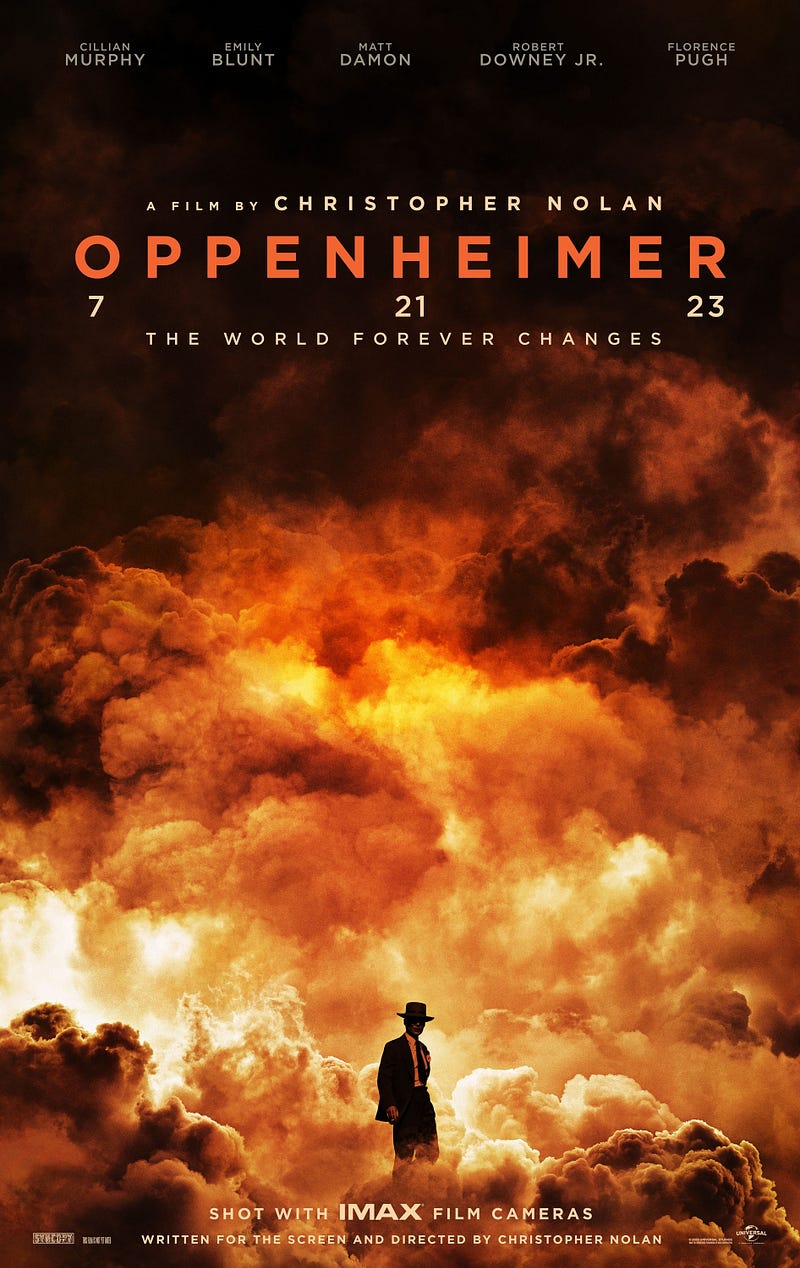
You might be among those captivated by Christopher Nolan's film Oppenheimer, finding it both unsettling and thought-provoking. It invites reflection not only on the film itself but also on the life of J. Robert Oppenheimer, the physicist who spearheaded the creation of the atomic bomb. Perhaps you're curious about the historical figures surrounding him during World War II or the broader cinematic narratives that emerged from the 1930s and 40s.
This intrigue compels us to seek out credible resources that can help address the lingering questions we have post-viewing, especially after discussing the film with friends who share our unease.
Fortunately, a wealth of material exists, often leading us in unexpected directions. The biography that inspired Nolan's work, the Pulitzer Prize-winning American Prometheus: The Triumph and Tragedy of J. Robert Oppenheimer by Kai Bird and Martin J. Sherwin, has surged back into public interest, making bestseller lists once more, nearly two decades after its initial release.
Numerous other books on Oppenheimer and the history of atomic science are available for purchase or at libraries. Additionally, historical interviews featuring Oppenheimer and notable journalists have surfaced from archives and found their way onto platforms like YouTube, allowing us to hear the calm and reflective voice of a man who later advocated for arms control.
There's an astonishing amount of free or low-cost content accessible to the general public, shedding light on these complex subjects.
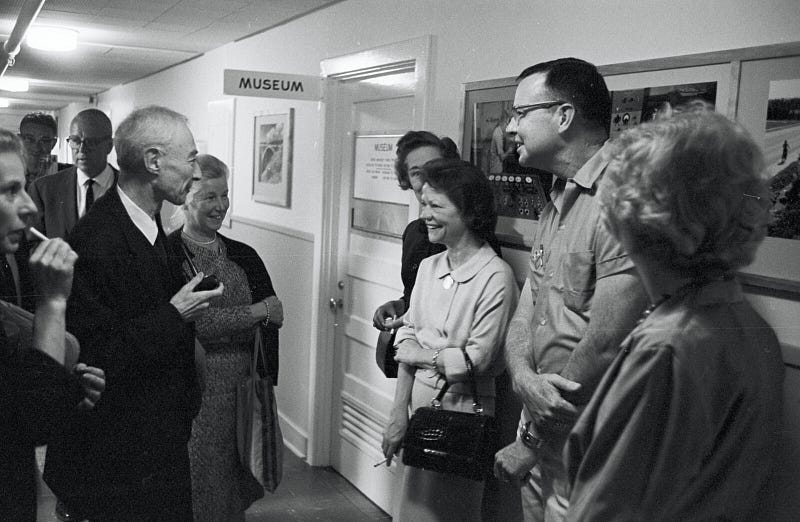
Some of this material has been preserved in museums, collections, and publications long before the internet became widespread. Today, we can step out of movie theaters and delve into enlightening historical accounts and new writings that respond to the film or address its narrative gaps.
For instance, the film doesn’t present a realistic portrayal of the bombings of Hiroshima and Nagasaki in 1945, which has left some viewers disappointed.
However, numerous resources are available for those wanting to learn more about the bombings on August 6 and 9, regardless of whether one views the U.S. actions as justified. Recently, I heard an NPR re-broadcast of the 2012 Radiolab podcast episode Double Blasted, detailing the experience of a Japanese man who survived the Hiroshima bombing only to find himself in Nagasaki during the second attack.
We also have the classic nonfiction work Hiroshima, published in 1946, which shares the harrowing stories of six individuals affected by the bombing. Written by John Hersey, this book remains in print and is often included on high school reading lists.
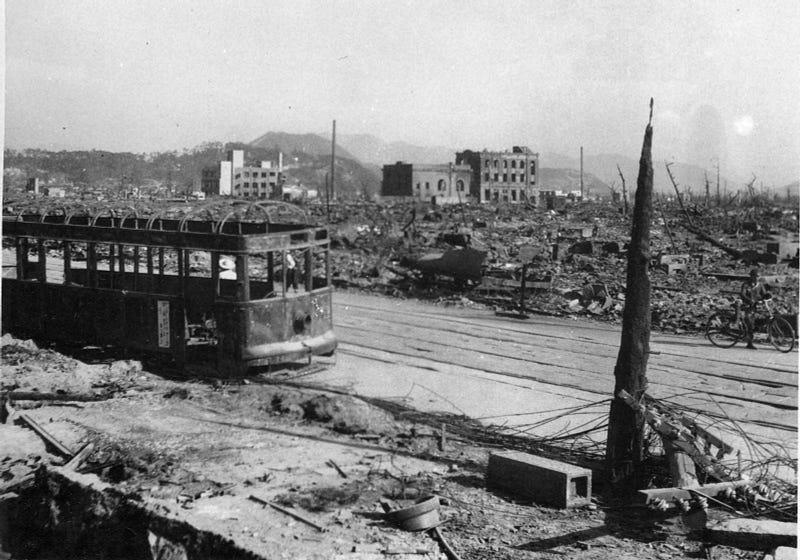
Internationally, both Hiroshima and Nagasaki host museums that offer online resources, including photographs documenting their destruction and subsequent rebuilding. Notably, President Barack Obama visited the Hiroshima Peace Memorial Museum in 2016, expressing a desire to remember the victims of World War II while advocating for peace and nuclear disarmament.
Several U.S. institutions, including the National Museum of Nuclear Science & History in Albuquerque and the Atomic Museum in Las Vegas, also provide curated collections of photographs and documents.
Contemporary journalism has been uncovering various narratives about individuals profoundly impacted by the development of the atomic bomb, many of whom were overlooked in the film.
For example, Wired magazine recently published an article discussing a writer whose father grew up in the Congo, a region that supplied uranium for the Hiroshima bomb. The author notes the colonialist undertones of the era and the harsh working conditions faced by miners who sorted uranium ore by hand.
(The Trinity test and the Nagasaki bomb utilized plutonium.)
At that time, there were no socially responsible standards for sourcing materials for bomb production.
In the U.S., major news outlets have reported on environmental hazards and health issues, including various cancers, attributed to the fallout from the Manhattan Project. The Tularosa Basin Downwinders Consortium, active since 2005, claims that their families suffered from the fallout of the Trinity test conducted in July 1945 and continue to seek government relief.
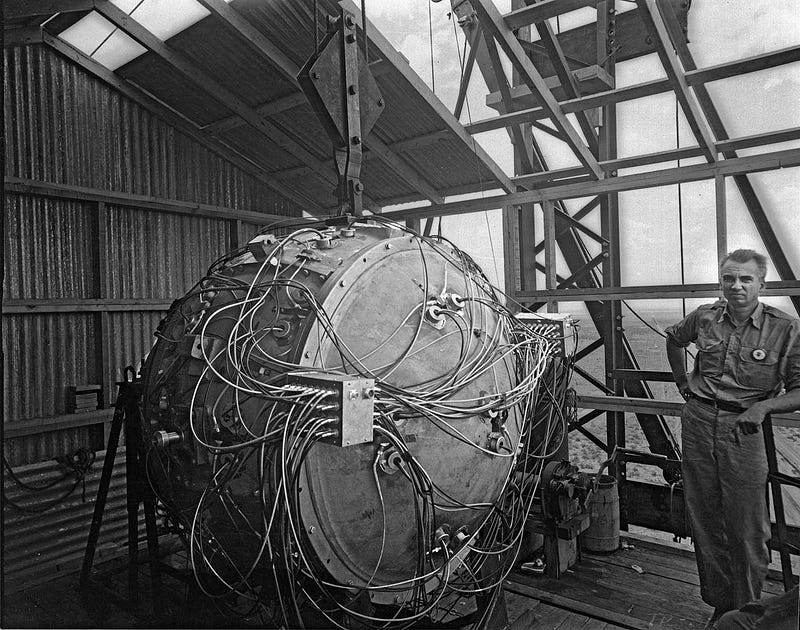
Moviegoers may remember the Trinity test as a pivotal moment in the film, filled with tension as Oppenheimer and his team awaited the outcome of the bomb placed atop a 100-foot steel tower. The stakes were incredibly high, as military leaders needed to deliver good news to the President. In the movie, the action unfolds in a seemingly isolated location.
In reality, the area was inhabited, and local residents were unwittingly exposed to fallout from the explosion, which rained down on their homes, crops, and water sources. These predominantly Hispanic and Indigenous ranchers and farmers received no evacuation warnings, as the test was conducted in secrecy. Only later did they realize the consequences of the weapons test.
There were also other conflicts at play. Many local workers involved in the project harbored fears of contamination, and some families were forcibly relocated to accommodate the construction of the site.
The ongoing concerns in New Mexico are gaining attention with the film's release. Coverage is also emerging about nuclear operations in other southwestern states and the associated workplace safety issues.
Contemporary reporting reveals critical safety considerations for any parties contemplating the use of nuclear materials, particularly in weaponry. While the Manhattan Project didn’t create environmental racism or workplace safety issues, the narratives of those affected serve as a reminder that scientists and policymakers can be influenced by societal biases.
Women interested in science may be encouraged to learn that the Manhattan Project employed more women in scientific roles than depicted in the film, despite the male dominance in the field during those decades.
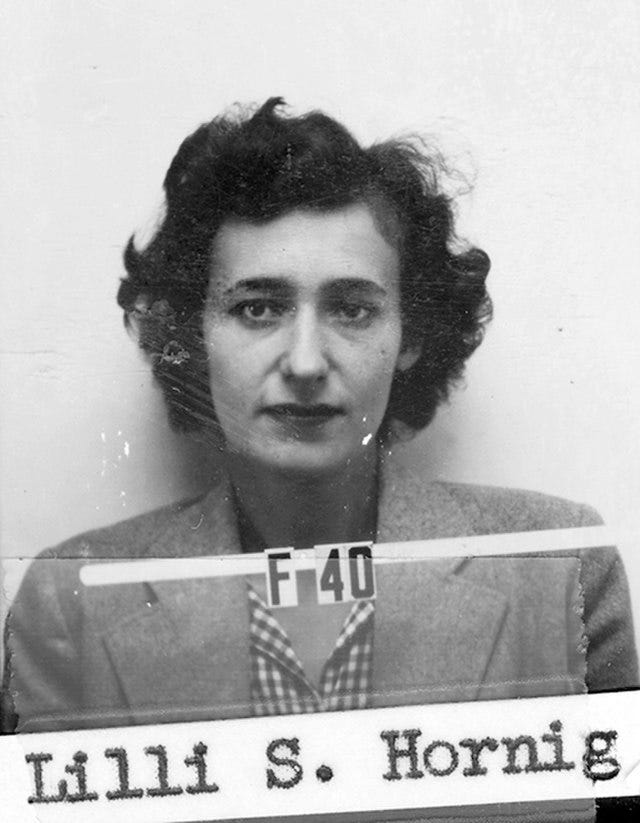
Lilli Hornig is the only female scientist portrayed in the film, yet in reality, she worked in Los Alamos on plutonium research and was part of a team involved in the Trinity test. Her role is prominently featured in the movie's Trinity scenes. Hornig lived until 2017.
Her life is included in a podcast series produced by Katie Hafner and Amy Scharf, which highlights women in science. They recently announced a series titled Lost Women of the Manhattan Project, focusing on Hornig and other scientists who made significant contributions to the project.
Numerous other topics warrant our attention, especially following the release of Oppenheimer, which encourages reflection on our collective societal responsibilities. The resources I’ve encountered thus far likely only scratch the surface.
I am also seeking scholars to explore the concept of "moral injury" in relation to Oppenheimer and those around him. This term, emerging from veterans' studies, describes the emotional turmoil experienced by individuals who witness or partake in actions that conflict with their moral beliefs. The Syracuse University Moral Injury Project defines it as “the damage done to one’s conscience or moral compass when that person perpetrates, witnesses, or fails to prevent acts that transgress one’s own moral beliefs, values, or ethical codes of conduct.”
Moral injury differs from the coping mechanisms Oppenheimer employs in the film—such as chain-smoking and heavy drinking—where behaviors act as symptoms of deeper wounds. The injury itself is revealed when Oppenheimer confesses to President Truman that he feels he has "blood on my hands." This inner turmoil is evident in actor Cillian Murphy's expressions after he addresses the Manhattan Project team following the first bomb's detonation.
Moreover, the film portrays some semblance of relief. Years after Oppenheimer faces political fallout leading to the revocation of his security clearance, there is a moment of public recognition when President Lyndon Johnson awards him the Enrico Fermi Award in 1963, an acknowledgment of his contributions to nuclear science. While this scene is based on real events, it’s worth noting that the formal action to restore Oppenheimer’s security clearance did not occur until 2022, long after his passing in 1967.
Yet, one may question whether receiving the Fermi Award could truly alleviate the suffering stemming from a conflicted conscience. Is this a realistic consideration?
In a more personal reflection, I find myself pondering the extent to which Oppenheimer and his family were able to heal from the various traumas inflicted by the Manhattan Project. These questions spurred my exploration into accessible scientific history, which, while sobering, is crucial for responsible citizenship.
I also discovered a compelling narrative surrounding Frank Oppenheimer, J. Robert's younger brother, whose communist ties prior to World War II repeatedly resurfaced during his involvement with the Manhattan Project. Frank's career as a physicist was similarly dismantled during the McCarthy era.
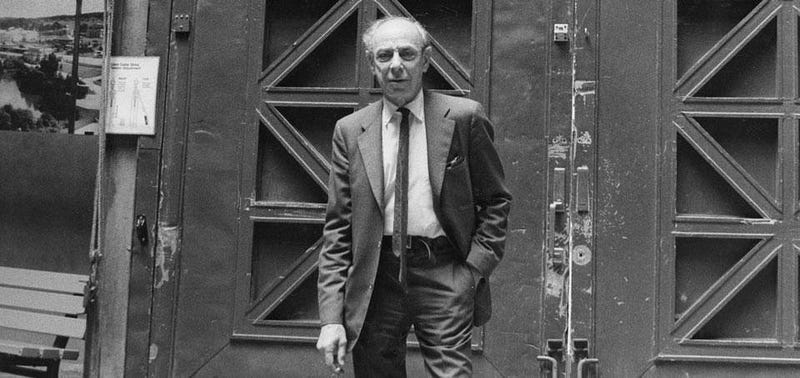
Eventually, Frank found his way back into the scientific community and opened a unique museum in San Francisco, focusing on the joy of exploring science, art, and human perception. The Exploratorium, which opened in 1969, continues to attract visitors of all ages, both in person and online, showcasing Frank's innovative spirit.
Until next time, friends.